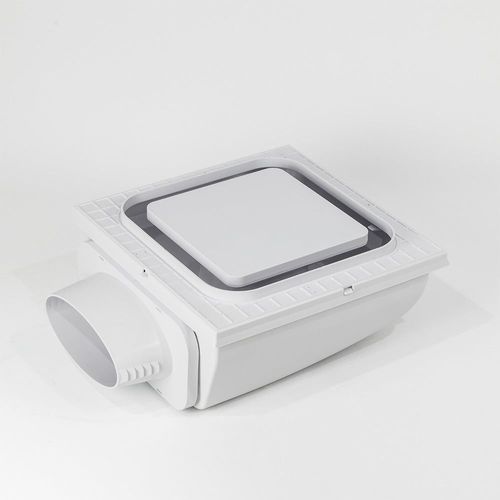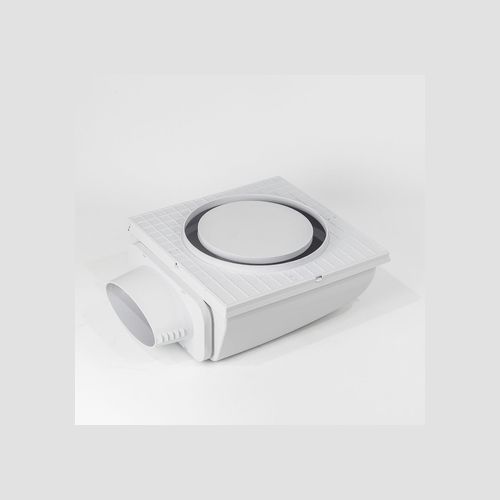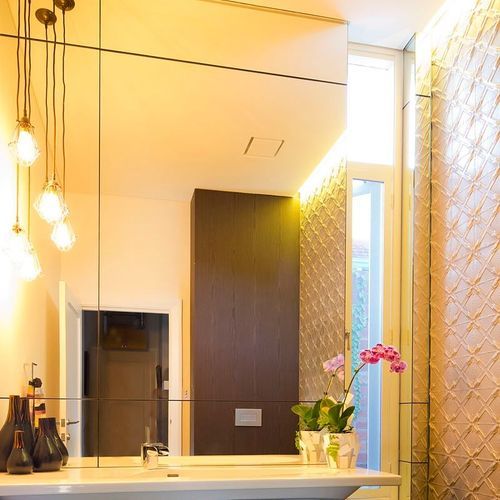Ventilation Components
- Ventilation components are the parts of a ventilation system that are responsible for moving air. This includes the ductwork, fans, dampers, and filters. ArchiPro features a variety of ventilation components from leading brands and suppliers from across Australia.FAQs
Why ArchiPro?
No more endless searching -
Everything you need, all in one place.Real projects, real experts -
Work with vetted architects, designers, and suppliers.Designed for Australia -
Projects, products, and professionals that meet local standards.From inspiration to reality -
Find your style and connect with the experts behind it.Start your Project
Start you project with a free account to unlock features designed to help you simplify your building project.
Learn MoreBecome a Pro
Showcase your business on ArchiPro and join industry leading brands showcasing their products and expertise.
Learn More




















